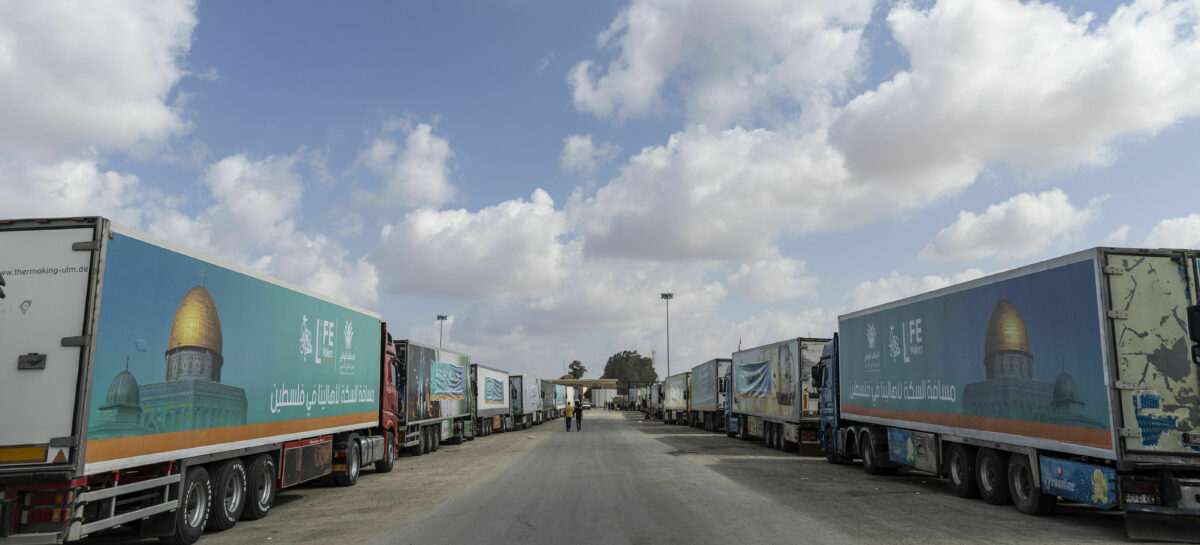Israel’s three-part ceasefire agreement with Hamas, brokered by the United States, Qatar and Egypt in January, is crumbling, raising the distinct possibility that Israel may well resume the war in the Gaza Strip.
Negotiations on the second phase were supposed to begin a month ago, before the first phase ended on March 1. But the Israeli government, in an apparent violation of the deal, has not seriously engaged Hamas on the next phase. It would require Israel to fully withdraw from Gaza and call a permanent end to the war.
Nor, as per its truce with Hamas, has Israel begun withdrawing from the Philadelphi Corridor, which marks Gaza’s border with Egypt. Prime Minister Benjamin Netanyahu opposes the pullback of troops from this strip of land, saying it has been used as a smuggling route by Hamas to rearm and rebuild its forces.
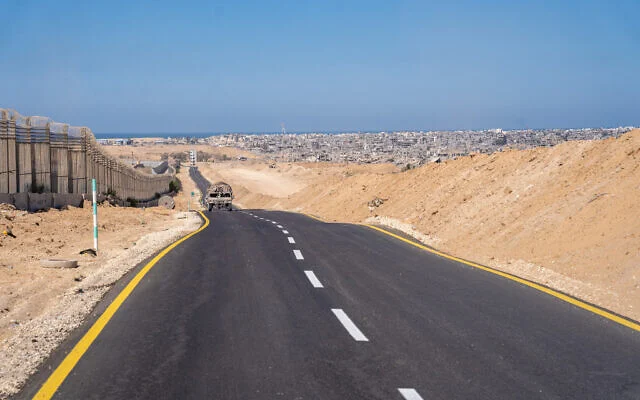
Netanyahu denies that Israel is breaking the ceasefire, which started on January 19. He endorses a new U.S. plan to extend the first phase by seven weeks, a proposal that Hamas rejects as “cheap blackmail” and “a blatant upending” of the truce.
Hamas has warned that an attempt to delay or abrogate the ceasefire would have “humanitarian consequences” for the remaining hostages. This warning prompted the families of the captives to press the Israeli government to abide by the original conditions of the truce.
Israel attributes the latest ceasefire proposal to Steve Witkoff, President Donald Trump’s special envoy to the Middle East. Under its terms, half of the remaining hostages — living and dead — would be released on the first day of an extended ceasefire. The remaining captives would be released on April 20 within the framework of a permanent ceasefire.
Witkoff apparently presented his plan after concluding that Israeli and Hamas positions on moving to phase two were irreconcilable.
He was initially hopeful that there would be a seamless transition between the first and second phase. Yet he was always mindful that Israel would not commit to phase two unless Hamas is militarily defeated and no longer governs Gaza. In addition, Israel wants to demilitarize and deradicalize Gaza, which has been a hotbed of Palestinian nationalism and terrorism since the late 1940s.
Israel has yet to achieve these goals, despite the fact that Hamas’ military capabilities have been seriously degraded and upwards of 18,000 of its foot soldiers, commanders and leaders have been killed since the outbreak of the war in October 2023.
Witkoff eventually took Israel’s considerations and preferences into account, realizing that a permanent ceasefire was out of the question as long as Hamas was still standing and in survival mode as a military and political force. This fundamental contradiction led him to the belief that the ceasefire can only be salvaged by extending phase one.
Taking its cue from Witkoff, Israel, on March 2, halted the entry of all goods and humanitarian assistance into Gaza with the exception of fresh water. Israel’s move was denounced by Egypt, Qatar, the United Nations and the Red Cross.
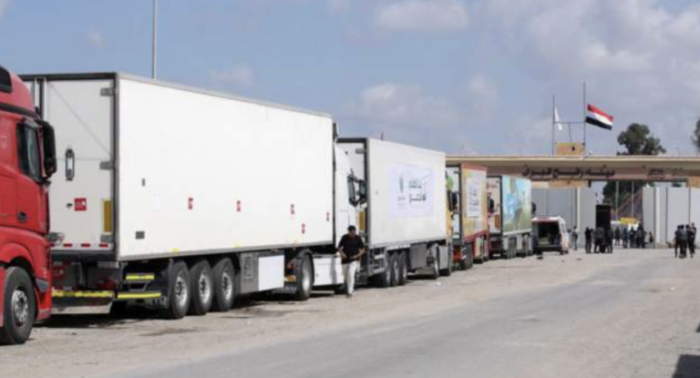
Israel took this draconian step to compel Hamas to accept an extension of phase one.
“With the end of phase one of the hostage deal and in light of Hamas’ refusal to accept the Witkoff outline for continuing talks — to which Israel agreed — Prime Minister Netanyahu has decided that all entry of goods and supplies into the Gaza Strip will cease,” Netanyahu’s office said in a statement.
Hours before the announcement, Israel proposed a seven-week extension of the current truce, during which Hamas would be obliged to free half of the remaining living hostages. With the completion of this extension, a permanent ceasefire would kick in, resulting in the release of the rest of the hostages.
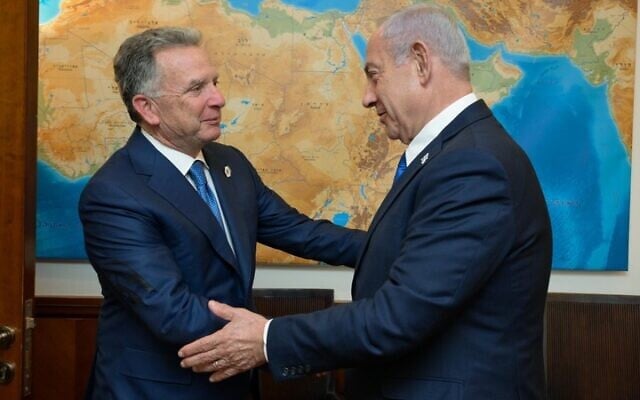
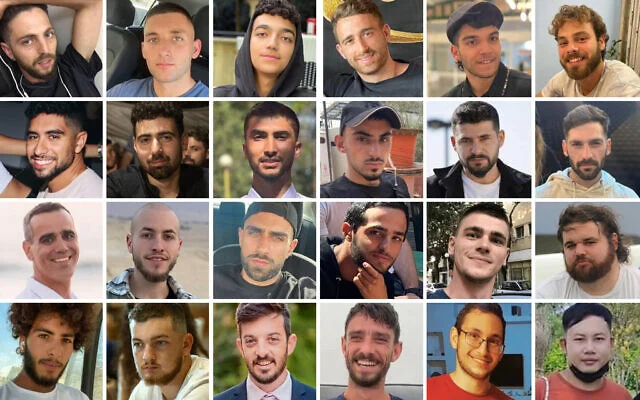
With thousands of aid convoys having been allowed into Gaza in the past few weeks, Israel believes that the 2.2 million Palestinians of Gaza have enough supplies for at least several months.
Netanyahu has warned Hamas that there will be “further consequences” if it does not release the remaining hostages during the phase one extension. “Israel will not allow a ceasefire without the release of our hostages,” his office said two days ago.
Netanyahu has raised the specter of a resumption of fighting in Gaza if he concludes that negotiations have been ineffective. On February 23, he warned that Israel is “ready to return at any moment to intensive combat.” Several days ago, he disclosed that Israel’s “operational plans are ready,” adding that Gaza will be demilitarized and (Hamas) will be “dismantled.”
Israel’s finance minister, Bezalel Smotrich, said the Israeli army intends to “open the gates of hell on Hamas again.”
Channel 12, on March 1, reported that Israeli troops have been drilling for a renewal of the war, a return to the Netzarim Corridor in central Gaza, from which Israel withdraw recently, and the removal of Palestinian civilians from northern Gaza to humanitarian zones in the south.
One report claimed that two Israeli divisions are currently deployed in a buffer zone along the Gaza border, including the Philadelphi Corridor.
Another report claims that Israel’s incoming chief of staff, General Eyal Tamir, has developed a plan under Defence Minister Israel Katz’s direction in which 50,000 Israeli troops will strike Gaza in a bid to eradicate Hamas once and for all. This operation would supposedly last up to six months.
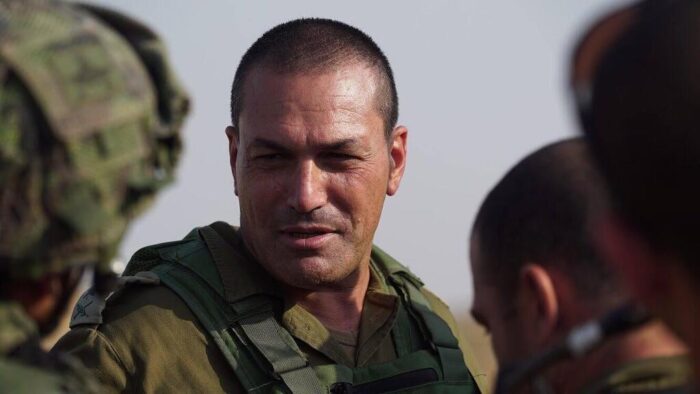
Trump recently told Netanyahu to “do whatever you need to do” to defeat Hamas, according to an unnamed Israel official. Late last month, Trump said he would have no objection to a renewal of Israel’s offensive in Gaza.
It would appear that this day of reckoning is drawing closer by the day. Netanyahu will not rest unless Hamas is smashed and incapable of ruling Gaza.
